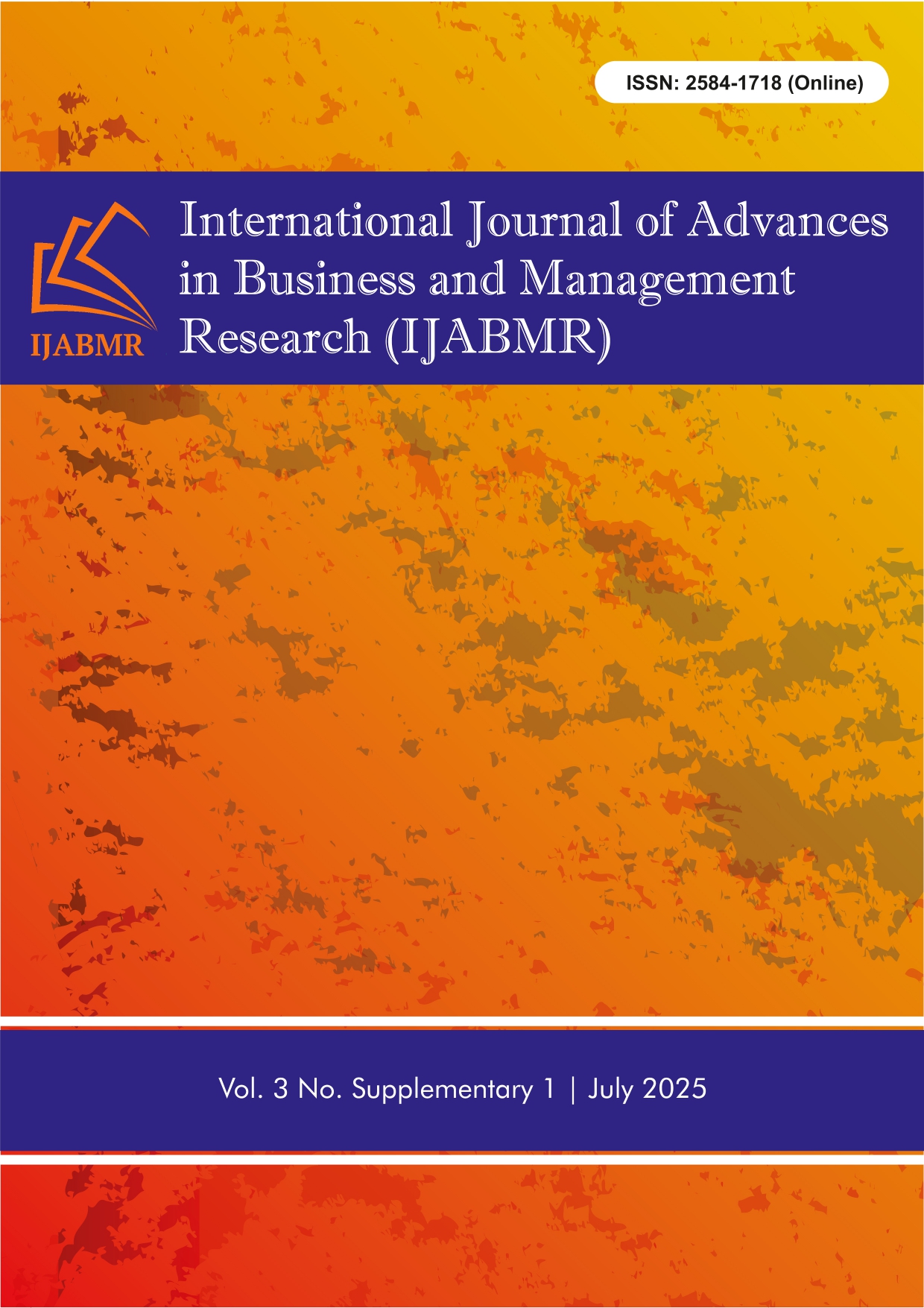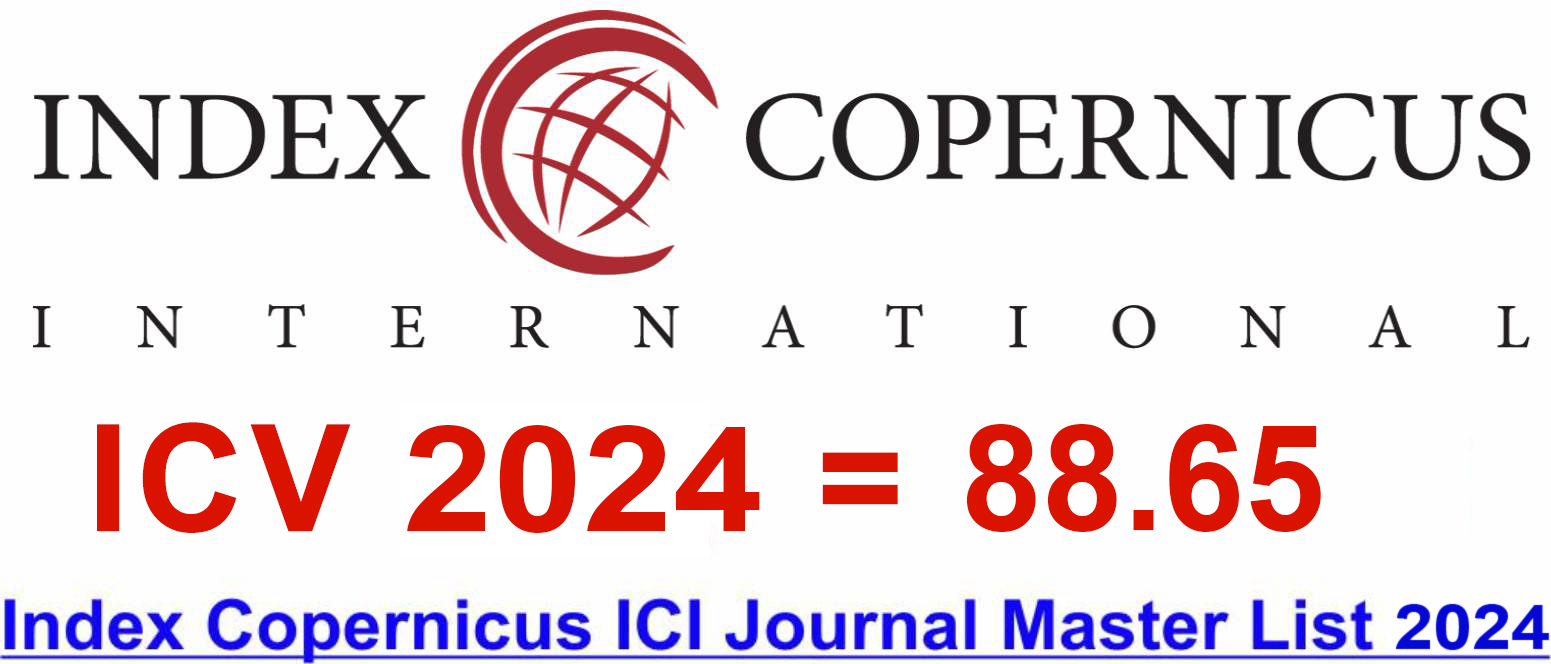Abstract
The technological advancement has made a great stride in Higer Education not only in India but across the globe. The present study has made a comparative analysis of the adoption of technology in higher education in Great Britain and India. While attempting to trace the opportunities and the possible challenges while implementing the technology at higher educational institutions, we have examined the available infrastructure, teaching staff preparedness, level of student engagement and the national government policies and regulations. The study also probes into the barriers on the way to implementing tools in learning and management systems and the resistance from execution staff. The study revealed that institutions in the United Kingdom (UK) are leaning more on technology, while the Indian institutions still face resistance in implementation. The gaps in the process of shift are common for both India and UK while the degree varies. The study also offers suggestions for an effective implementation of the technology in higher education.
References
- Sreelatha G, Atmakuri R. Role of ICT and Multi-Disciplinary Approaches to Enhance Quality Education in India to Implicate Business Creations. International Journal of Advances in Business and Management Research (IJABMR). 2024 Sep 12;2(1):1-8. https://doi.org/10.62674/ijabmr.2024.v2i01.001
- Wall T, Ngo N, Nguyễn Hữu C, Lan PN, Knight S. Organisational digital capability: a cross-country review of guidance. Higher Education, Skills and Work-based Learning. 2024 Jun 4;14(3):711-22. https://doi.org/10.1108/HESWBL-06-2023-0157
- Walker R, Morrison C, Beltman S, Morey V. Graduate perspectives of work integrated learning in fully online initial teacher education: A global imperative. Teacher education in globalised times: Local responses in action. 2020:273-93. https://doi.org/10.1007/978-981-15-4124-7_15
- Khan MA. The impact of COVID-19 on UK higher education students: experiences, observations and suggestions for the way forward. Corporate Governance: The International Journal of Business in Society. 2021 Sep 22;21(6):1172-93. https://doi.org/10.1108/CG-09-2020-0396
- Kirkwood A, Price L. Technology-enhanced learning and teaching in higher education: what is ‘enhanced’ and how do we know? A critical literature review. Learning, media and technology. 2014 Jan 2;39(1):6-36. https://doi.org/10.1080/17439884.2013.770404
- Office for Students (OfS). ‘Digital poverty’ risks leaving students behind – Office for Students [Internet]. Office for Students; 2020 [cited 2025 Mar 21]. Retrieved from: https://www.officeforstudents.org.uk/
- Des Raux HDPG. The EdTech Strategy UK and Special Educational Needs [Internet]. UCL Centre for Inclusive Education Blog; 2021 Aug 5 [cited 2024 Jul 11]. Retrieved from: https://blogs.ucl.ac.uk/cdld/2021/08/05/the-edtech-strategy-uk-and-special-educational-needs/
- Ashritha P, Reddy PS. Impact of Artificial Intelligence on Management Decision-Making. International Journal of Advances in Business and Management Research (IJABMR). 2023 Dec 12;1(2):10-8. https://doi.org/10.62674/ijabmr.2024.v1i02.002
- Government of India. National Education Policy (NEP) 2020 [Internet]. New Delhi: Ministry of Education; 2020 [cited 2024 Jun 14]. Retrieved from: https://www.education.gov.in/sites/upload_files/mhrd/files/NEP_Final_English_0.pdf
- Joint Information Systems Committee. Building digital capabilities framework: the six elements defined [Internet]. 2022. Retrieved from: https://digitalcapability.jiscinvolve.org/wp/files/2015/06/1.-Digital-capabilities-6-elements.pdf
- Schleicher A. The Impact of COVID-19 on Education: Insights from "Education at a Glance 2020" [Internet]. OECD Publishing; 2020 [cited 2024 May 11]. Retrieved from: https://eric.ed.gov/?id=ED616315
- Thomson S. Digital Teaching and Learning Review - OfS [Internet]. University of Manchester; [cited 2023 Jan 4]. Retrieved from: https://research.manchester.ac.uk/en/clippings/digital-teaching-and-learning-review-ofs
- Selwyn N. Education and technology: Key issues and debates. London: Bloomsbury Publishing; 2021 Nov 18.
- Shukla V. Challenges and Opportunities of Higher Education in India. ldealistic Journal of Advanced Research in Progressive Spectrums (IJARPS) eISSN–2583-6986. 2025 Jun 30;4(06):1-6.
- Bansal A, Pophalkar S, Vidani C. A review of ed-tech sector in India. International Journal of Management Analytics (IJMA). 2023;1(1):63-84. https://doi.org/10.59890/ijma.v1i1.102
- Telecom Regulatory Authority of India. Annual Report 2022-2023. Retrieved from: https://www.trai.gov.in/sites/default/files/2024-10/Annual_Report_20022024_0_0.pdf
- Zhou X, Fang L, Rajaram K. Exploring the digital divide among students of diverse demographic backgrounds: A survey of UK undergraduates. Journal of Applied Learning and Teaching. 2025 Feb 11;8(1):228-43. http://dx.doi.org/10.37074/jalt.2025.8.1.22
- Antoninis M, Alcott B, Al Hadheri S, April D, Fouad Barakat B, Barrios Rivera M, Baskakova Y, Barry M, Bekkouche Y, Caro Vasquez D, D’Addio AC. Global Education Monitoring Report 2023: Technology in education: A tool on whose terms?. https://doi.org/10.54676/UZQV8501















